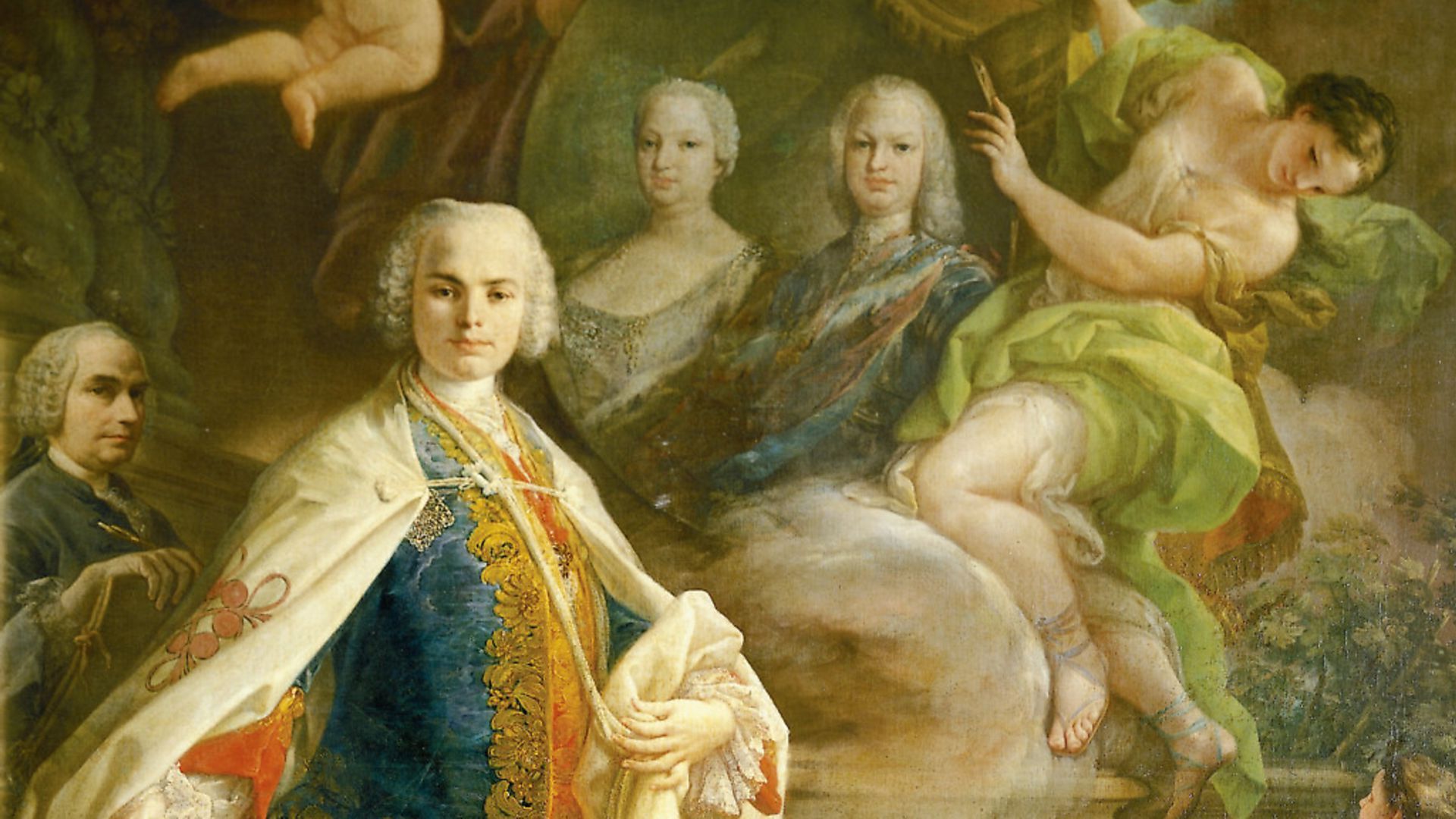
Lost Pre-Columbian cities hold mysteries that captivate historians and adventurers alike. These ancient metropolises, hidden beneath dense jungles or buried by time, offer glimpses into civilizations that thrived long before European explorers set foot in the Americas. Why did these cities vanish? Some were abandoned due to environmental changes, others fell to conquest or disease. From the towering pyramids of the Maya to the intricate roadways of the Inca, each site tells a story of innovation, culture, and resilience. What secrets do they hide? Archaeologists continue to uncover artifacts, revealing new insights into daily life, trade, and governance. Join us as we delve into 30 intriguing facts about these enigmatic cities, shedding light on their enduring legacies.
Key Takeaways:
- Ancient pre-Columbian cities like Machu Picchu and Teotihuacan were engineering marvels with advanced agricultural techniques and impressive pyramids, offering valuable insights into ancient civilizations.
- The rediscovery of lost cities like Petra and Pompeii has provided archaeologists with valuable insights into the daily lives and practices of ancient societies, offering lessons in sustainability and cultural preservation.
Mysteries of Pre-Columbian Cities
Pre-Columbian cities, built before Columbus's arrival in the Americas, hold many secrets. These ancient metropolises reveal the ingenuity and culture of their inhabitants. Let's dive into some fascinating facts about these lost cities.
-
Tenochtitlán was the capital of the Aztec Empire, located on an island in Lake Texcoco in present-day Mexico City. It was one of the largest cities in the world at its peak.
-
Machu Picchu is a 15th-century Inca citadel situated on a mountain ridge in Peru. It was unknown to the outside world until American historian Hiram Bingham brought it to international attention in 1911.
-
Cahokia was a massive city near present-day St. Louis, Missouri. It was the largest and most influential urban settlement of the Mississippian culture, flourishing between 1050 and 1350 AD.
-
El Mirador in Guatemala is one of the largest ancient Maya cities. It features the La Danta pyramid, one of the largest pyramids in the world by volume.
-
Teotihuacan is known for its vast size and impressive pyramids, including the Pyramid of the Sun and the Pyramid of the Moon. It was a major cultural and economic center in ancient Mesoamerica.
Engineering Marvels
The engineering feats of these cities are nothing short of extraordinary. From intricate road systems to advanced agricultural techniques, these civilizations were ahead of their time.
-
Nazca Lines in Peru are a series of large ancient geoglyphs. The purpose of these lines remains a mystery, but they are believed to have astronomical or religious significance.
-
Chichen Itza in Mexico features the Temple of Kukulcan, also known as El Castillo. This pyramid is famous for its astronomical alignments, particularly during the equinoxes.
-
Tiwanaku near Lake Titicaca in Bolivia is known for its impressive stone structures and advanced agricultural techniques. The city was a major center of the Tiwanaku culture.
-
Palenque in Mexico is renowned for its architectural and sculptural achievements. The Temple of the Inscriptions contains one of the longest carved inscriptions in the Maya world.
-
Tikal in Guatemala was one of the most powerful kingdoms of the ancient Maya. Its towering pyramids and temples are a testament to the city's grandeur.
Cultural Richness
The cultural richness of these cities is evident in their art, architecture, and social structures. They were centers of innovation and creativity.
-
Copán in Honduras is famous for its hieroglyphic stairway, which contains the longest known Maya text. The city was a major center of Maya civilization.
-
Monte Albán in Mexico was the capital of the Zapotec civilization. The city is known for its impressive tombs and ceremonial structures.
-
Chan Chan in Peru was the largest city of the pre-Columbian era in South America. It was the capital of the Chimu civilization and is known for its adobe architecture.
-
Uxmal in Mexico is a prime example of Puuc architecture. The city's buildings are adorned with intricate stone carvings and mosaics.
-
Caral in Peru is one of the oldest known cities in the Americas. It dates back to around 2600 BC and is known for its pyramids and complex urban planning.
Lost and Found
Many of these cities were lost to history, only to be rediscovered centuries later. Their rediscovery has provided valuable insights into ancient civilizations.
-
Ciudad Perdida in Colombia, also known as the Lost City, was rediscovered in 1972. It is believed to have been founded around 800 AD, making it older than Machu Picchu.
-
Hattusa in Turkey was the capital of the Hittite Empire. The city was abandoned around 1200 BC and rediscovered in the early 20th century.
-
Great Zimbabwe in Zimbabwe was the capital of the Kingdom of Zimbabwe during the Late Iron Age. The city was rediscovered by European explorers in the 19th century.
-
Angkor in Cambodia was the capital of the Khmer Empire. The city was largely abandoned in the 15th century and rediscovered by French explorers in the 19th century.
-
Petra in Jordan was the capital of the Nabataean Kingdom. The city was lost to the Western world until it was rediscovered by Swiss explorer Johann Ludwig Burckhardt in 1812.
Archaeological Discoveries
Archaeological discoveries have shed light on the daily lives and practices of the inhabitants of these cities. These findings have helped us understand their societies better.
-
Terracotta Army in China was discovered in 1974. The army consists of thousands of life-sized clay soldiers buried with the first Emperor of China, Qin Shi Huang.
-
Pompeii in Italy was buried under volcanic ash after the eruption of Mount Vesuvius in 79 AD. The city was rediscovered in the 18th century, providing a snapshot of Roman life.
-
Göbekli Tepe in Turkey is one of the oldest known temples, dating back to around 9600 BC. The site was discovered in the 1990s and has changed our understanding of early human societies.
-
Mohenjo-Daro in Pakistan was one of the largest settlements of the ancient Indus Valley Civilization. The city was rediscovered in the 1920s and is known for its advanced urban planning.
-
Knossos in Greece was the largest Bronze Age archaeological site on Crete. The city is associated with the legend of the Minotaur and was rediscovered in the early 20th century.
Modern Implications
The study of these ancient cities has modern implications. They offer lessons in sustainability, urban planning, and cultural preservation.
-
Mesa Verde in Colorado is known for its well-preserved cliff dwellings. The site provides insights into the lives of the Ancestral Puebloans.
-
Hampi in India was the capital of the Vijayanagara Empire. The city's ruins are a UNESCO World Heritage Site and offer lessons in ancient urban planning.
-
Leptis Magna in Libya was a prominent city of the Roman Empire. The city's ruins are among the best-preserved Roman sites in the Mediterranean.
-
Palmyra in Syria was an important city in the ancient Near East. The city's ruins have been a source of inspiration for modern architecture and urban planning.
-
Babylon in Iraq was one of the most famous cities of the ancient world. The city's ruins have influenced modern culture and literature.
Hidden Wonders of Ancient Civilizations
Lost Pre-Columbian cities hold secrets that continue to fascinate historians and archaeologists. These ancient metropolises, like Machu Picchu and Tikal, showcase advanced engineering, intricate art, and complex societies. They remind us of human ingenuity long before modern technology. Exploring these sites offers a glimpse into the past, revealing how ancient civilizations thrived in harmony with nature. From the towering pyramids of Teotihuacan to the mysterious lines of Nazca, each discovery adds a piece to the puzzle of our shared history. As we uncover more about these lost cities, we gain a deeper appreciation for the rich cultural heritage that shaped our world. So next time you hear about a new archaeological find, remember the incredible stories these ancient cities have to tell. They’re not just ruins; they’re a testament to human creativity and resilience.
Frequently Asked Questions
Was this page helpful?
Our commitment to delivering trustworthy and engaging content is at the heart of what we do. Each fact on our site is contributed by real users like you, bringing a wealth of diverse insights and information. To ensure the highest standards of accuracy and reliability, our dedicated editors meticulously review each submission. This process guarantees that the facts we share are not only fascinating but also credible. Trust in our commitment to quality and authenticity as you explore and learn with us.


